The Accidental Gardener
It all started when I decided our old 1790 farmhouse should be surrounded by my Grannie's old garden flowers. Then a few weeks later, without any prompting, my mother handed me a piece of notebook paper listing her fond memories of hollyhocks, roses, lambs ears, mints, sweet peas and more. So I picked up some seeds and a shovel and dug a small garden. The next year I wanted fresh picked healing herbs grown in lovely soil I could trust, so I planted a few herbs. Meanwhile, old bouncing bet, mullein, chicory, motherwort and other flowers started popping up; some of which the Native Americans used as medicines and some the early settlers planted. When they popped up, I watched them and researched them until I could identify who they were and how and why they were used. I wanted the garden somewhat groomed and the lawn mowed quietly, so I adopted two very sweet sheep who also supported me in my view that our 'weedy grass' is, with a simple change in perspective, a healthful pasture. And, so, one day I woke up and realized I was a gardener. Maybe most of us are gardeners from time to time, if only while we are transplanting our indoor spider plant. And I wasn't a gardener by any commercial definition. I only was a gardener to me, to the creatures around me like the chickadees who followed me around the garden by hopping and flying and making all kinds of tweeting racket. "What is she doing? Why is she moving that? Somebody needs to tell her where to put those." is what I imagine they are saying to each other, and to a few rare, curious individuals with eccentric leanings, and to people who resignedly concluded that I must be gardener since I'm always in the garden. I never set out to be a gardener or an expert on gardening. I am still no expert and I sometimes recruit the advice of real experts like the artistic gardener/landscaper Shannon Goheen (Second Nature Gardenworks) and the wonderful whimsical aesthetic leanings of Nettie Berkeley of Yarmouth Port. I have an oak tree that I converse with, though, and he is the real expert. ( I am not the first person to communicate with plants; go ahead, try it. I think you will be very pleasantly surprised).
So, I was amazed when Karin Lidbeck Brent, a stylist and editor with the Meredith Magazine Group stopped by one day with Shannon to take a look at Saturday Farm. Many thanks and much kudos to Karin for seeing the beauty and potential of a natural 'weedy' garden and to Better Homes & Gardens' Country Gardens publication for having the open-mindedness to feature Saturday Farm in their Special Anniversary Edition of their magazine. And, of course, thank you to my talented companion, Harry Eisener, who has put up with me all of these years and my nudges and suggestions for another arbor... maybe a little pond....:-). Thank you Harry!
If you are visiting Saturday Farm and you want to know more about the garden, just let me know, I'd be happy to introduce you to my green friends.


